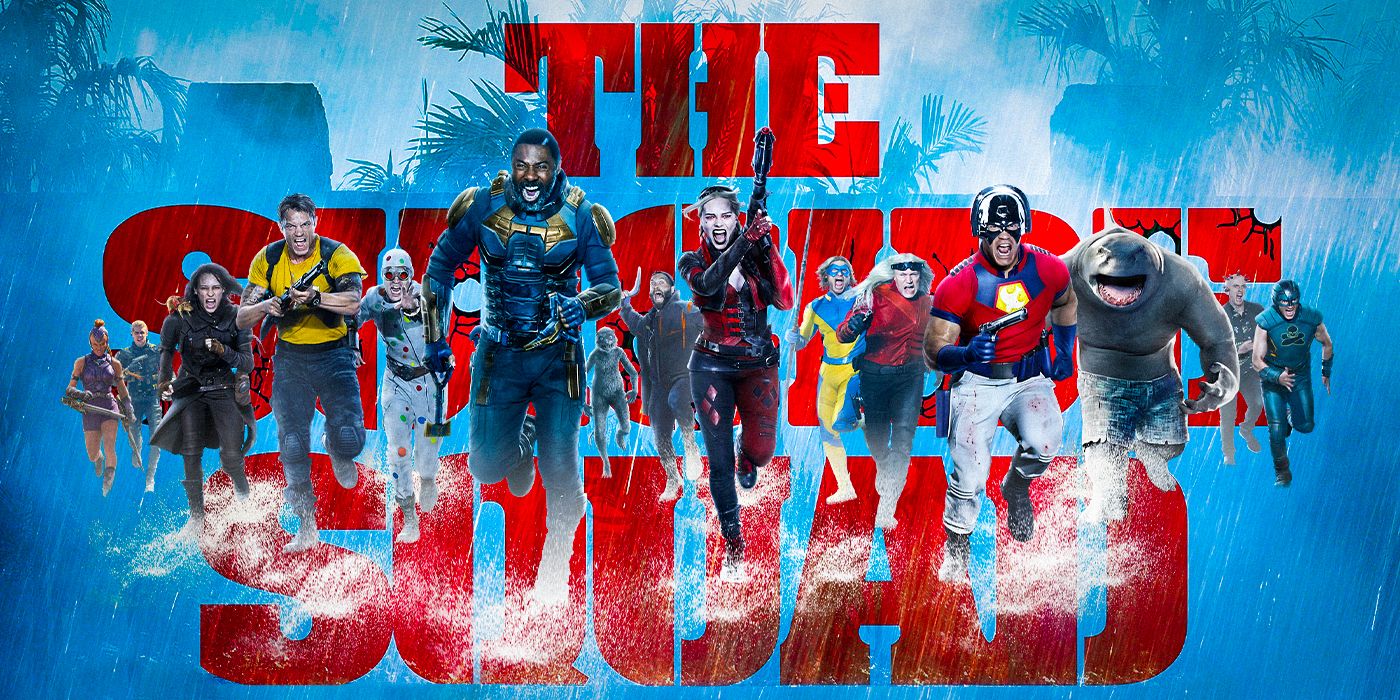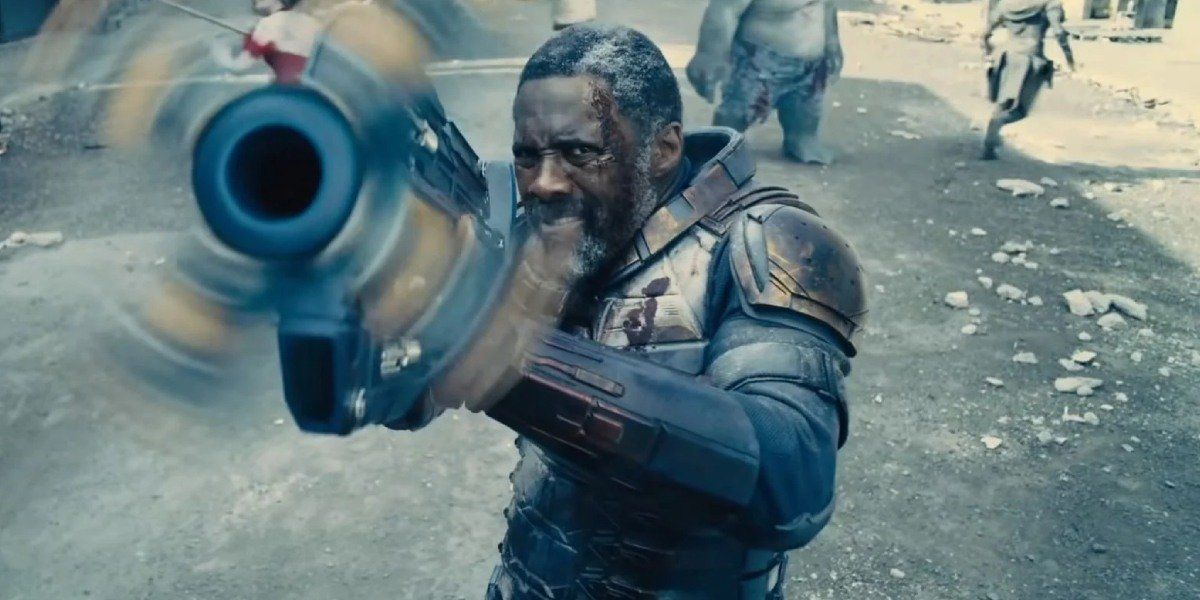[Editor’s Note: This article contains spoilers for The Suicide Squad.]
At the climax of The Suicide Squad, Starro, the alien lifeform housed in Jotunheim, breaks free and starts wreaking havoc on the island of Corto Maltese. It sends out its little starfish, which quickly zombifies hordes of the local population. Back at command, Amanda Waller (Viola Davis) instructs Task Force X to leave the problem be since instability in Corto Maltese is beneficial for U.S. interests. Task Force X refuses and goes in to take down Starro, and while Waller wants to blow the explosive device in their heads, her team at HQ knocks her out with a golf club and decides to help Task Force X to defeat the alien lifeform.
But what’s really interesting about the climax of The Suicide Squad is that it doesn’t need to bother with the “save them all” mentality of recent superhero movies. Ever since the 2012-2013 one-two punch of The Avengers and Man of Steel, there’s been a focus on how to save civilians while also providing city-wrecking mayhem. In The Avengers, you had the team working to save as many people as possible while also taking down the Chitauri soldiers. On the other hand, Man of Steel drew criticism for Superman and Zod’s battle wrecking Metropolis and Superman showing seeming indifference to how that might affect the local population (a position that was occasionally defended as “It was Superman’s first day!” despite then being used as the entire set-up for Batman v Superman: Dawn of Justice). Either way, audiences showed they were paying attention to what happened to the ordinary civilians, and future films made an effort to show either superheroes saving people or just saying that the city had been evacuated so there was no need to worry about collateral damage.
The Suicide Squad, cleverly, does not bother with this. James Gunn has made a biting, R-rated movie featuring supervillains. They’re good enough to take down an existential threat like Starro, but they’re not out here trying to save every single civilian. On the contrary, when it comes to taking down Starro, all their efforts are focused on the big guy, and when it comes to the zombified residents, they just mow them down. While we as an audience know that those zombified by Starro are basically already dead (a scene shows us that trying to remove the starfish kills the host anyway), Bloodsport (Idris Elba) didn’t have that information and he kills people anyway. It’s in self-defense, but the larger point is that there’s no effort to “save” the individual. The team that’s about doing the dirty job is here to save the larger island and world, but also accepts the collateral damage of the task at hand.
Just to hammer home the point that these people couldn’t be saved, when Starro is finally defeated, all of the zombies drop dead (a la Gunn’s 2006 horror film Slither). The win here isn’t measured by the amount of people saved, but rather that Starro was defeated, and we accept it because the people doing the saving are not painted as saints. If you had swaped Bloodsport out with Superman, it would be a different story because Superman is supposed to be a moral beacon. But Task Force X are, at their core, villains. They may not be evil (the greater evil in The Suicide Squad is U.S. foreign policy), but they’re not meant as moral exemplars either. This is a neat trick that allows us to have our cake of violent, bloody mayhem and eat it too.


